Frying rice cakes, a beloved dish in many Asian cuisines, offers a delightful contrast of crispy exteriors and chewy interiors. However, achieving that perfect texture without the frustration of sticking is a common challenge for home cooks. Whether you’re preparing tangyuan (glutinous rice balls) or savory stir-fried rice cakes, mastering the art of non-stick frying elevates both the taste and presentation. This article delves into proven methods, scientific principles, and practical advice to ensure your rice cakes fry flawlessly every time.
Understanding the Enemy: Why Do Rice Cakes Stick?
Before diving into solutions, it’s crucial to grasp why rice cakes cling to pans. Glutinous rice flour, the primary ingredient, contains high levels of starch. When heated, starch molecules absorb moisture and swell, creating a sticky gel. If the pan’s surface isn’t adequately prepared, this gel adheres to the metal, resulting in a frustrating mess. Additionally, low cooking temperatures or insufficient oil exacerbate the issue, as the rice cakes fail to develop a protective crust.
The Right Tools for the Job: Selecting Your Pan
Non-Stick Pans vs. Traditional Options
Non-stick pans are often hailed as the go-to for delicate foods, and rice cakes are no exception. Their Teflon or ceramic coatings reduce friction, minimizing sticking. However, avoid metal utensils, which can scratch the surface. For those who prefer stainless steel or cast iron, proper seasoning is key. Preheat the pan, add oil, and let it smoke lightly before wiping excess with a paper towel. This creates a temporary non-stick layer.
Pan Size Matters
Overcrowding the pan is a recipe for disaster. Use a wide, shallow pan to ensure even heat distribution and ample space between rice cakes. If cooking in batches, wipe the pan clean between rounds to prevent residual starch from burning.
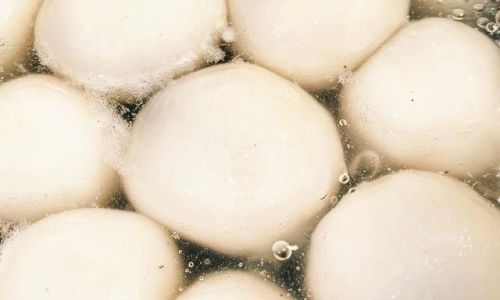
The Oil Factor: Quantity and Quality
Generous Oil, Not Greasy Results
Contrary to diet-friendly myths, frying rice cakes require a moderate amount of oil. Aim for a thin, even layer coating the pan’s surface. This creates a lubricating barrier between the starch and metal. Opt for oils with high smoke points, such as vegetable, peanut, or canola oil, to withstand high temperatures without smoking.
The “Sizzling Test”
Before adding rice cakes, test the oil’s temperature by flicking a few water droplets into the pan. If they sizzle and evaporate immediately, the oil is ready. Cold oil leads to absorption and sticking, while excessively hot oil burns the exterior before the interior cooks.
Preparing Rice Cakes: The Pre-Fry Ritual
Thawing Frozen Rice Cakes
If using frozen rice cakes, thaw them completely before frying. Submerge in cold water for 10–15 minutes, then pat dry with paper towels. Residual moisture lowers frying temperatures and increases sticking risks.
Blanching: A Game Changer
Blanching rice cakes in boiling water for 1–2 minutes partially cooks the starch, creating a gel-like outer layer. Drain and rinse under cold water to halt cooking, then coat lightly with cornstarch or rice flour. This dual-step process seals moisture and prevents direct contact with the pan.
Coating Techniques
For an extra safeguard, dredge rice cakes in a thin layer of potato starch or glutinous rice flour. The fine particles absorb surface moisture and create a crispy shell when fried. Avoid thick coatings, which can turn gummy.

Mastering Heat Control: Patience Pays Off
Medium Heat, Not Maximum
High heat seems logical for crisping, but it’s a trap. Rapid cooking burns the exterior while leaving the center raw, increasing sticking. Start with medium heat to gently cook the rice cakes, then increase slightly for browning.
The “Fry-and-Flip” Method
Fry rice cakes in a single layer, allowing 2–3 minutes per side undisturbed. Resist the urge to flip prematurely—wait until the edges turn translucent and the bottom releases easily from the pan. Use a thin, flexible spatula to slide underneath and flip confidently.
Creative Cooking Hacks: Beyond the Basics
The Lid Technique
For stubbornly sticky rice cakes, cover the pan with a lid for 1–2 minutes. Steam generated softens the starch, making flipping easier. Remove the lid immediately to prevent sogginess.
Add-Ins That Help
Incorporate sliced vegetables (carrots, cabbage) or proteins (shrimp, tofu) into the pan. These act as spacers, reducing direct contact between rice cakes and the pan. Plus, they absorb excess oil.
Sauce Strategy
If adding sauce (soy, oyster, or chili), do so toward the end of cooking. Early addition introduces moisture, lowering temperatures and promoting sticking. Toss gently to coat without bruising the rice cakes.
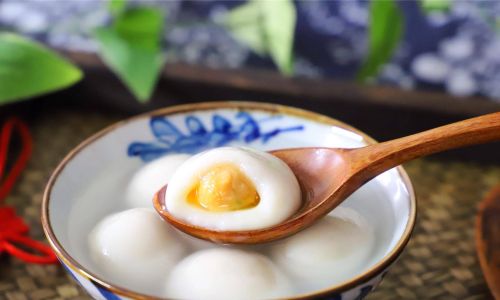
Troubleshooting Common Mishaps
“My Rice Cakes Still Stick!”
If partial sticking occurs, reduce heat and add a teaspoon of oil around the edges. Use a spatula to gently pry them loose. For severe cases, soak the pan in warm water to loosen residue—never scrub aggressively, as this damages non-stick coatings.
Burnt Bottoms, Raw Tops
Uneven heating is often the culprit. Ensure your pan is level and preheated uniformly. For electric stoves, rotate the pan halfway through cooking.
Soggy vs. Dry Results
Sogginess stems from excess oil or steam. Drain fried rice cakes on paper towels. Dryness indicates overcooking; reduce heat and monitor closely.
Post-Fry Care: Maintaining Your Pan
Immediate Cleaning
Soak the pan in warm, soapy water immediately after use. Starch residues harden quickly, making them tougher to remove. Avoid steel wool—use a soft sponge instead.
Re-Seasoning Cast Iron
If using cast iron, wipe with a thin layer of oil after cleaning to preserve seasoning. This builds a natural non-stick layer over time.
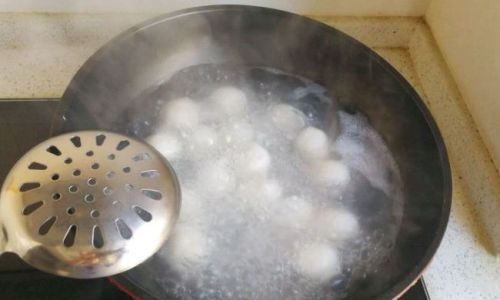
Advanced Techniques: For the Ambitious Cook
Double-Frying for Ultra-Crispiness
Fry rice cakes at medium heat until golden, then remove and let cool. Re-fry at high heat for 30 seconds to lock in crispness. The initial cook sets the structure, while the second fry evaporates residual moisture.
Baking as an Alternative
For oil-free results, bake rice cakes on a parchment-lined tray at 200°C (400°F) for 10–12 minutes, flipping halfway. Though not as crispy, this method reduces sticking risks.
Cultural Context: Rice Cakes Around the World
From Korean tteokbokki (spicy rice cakes) to Chinese nien gao (New Year’s cake), frying techniques vary but share common principles. Adapt these tips to your regional recipe, whether sweet or savory.
Conclusion: The Path to Perfectly Fried Rice Cakes
Achieving non-stick rice cakes is a blend of preparation, patience, and technique. By selecting the right pan, mastering heat control, and employing strategic coatings, even novice cooks can create restaurant-quality dishes. Remember, practice makes perfect—experiment with add-ins and sauces to find your signature style. With these tips, your next batch of fried rice cakes will glide effortlessly from pan to plate, leaving you with more time to savor the results. Happy cooking!
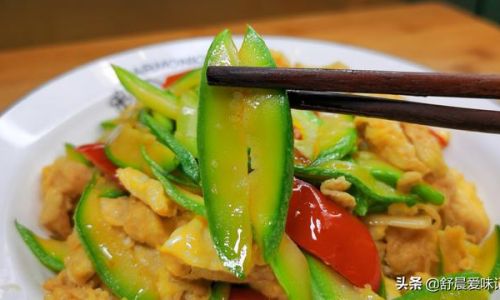
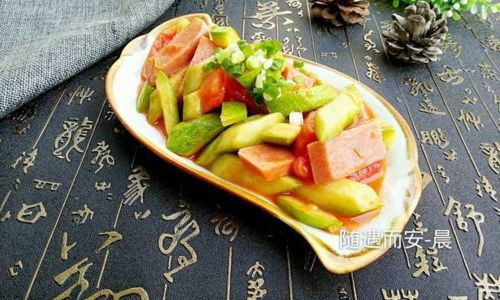

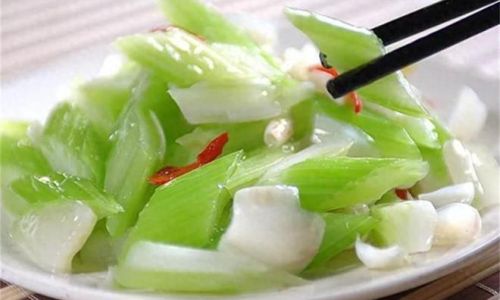
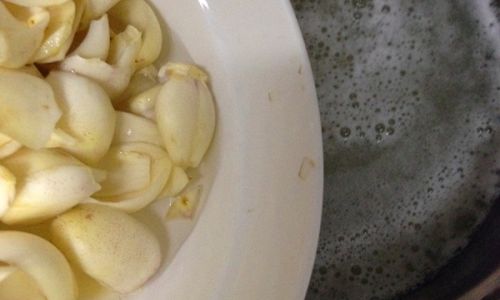
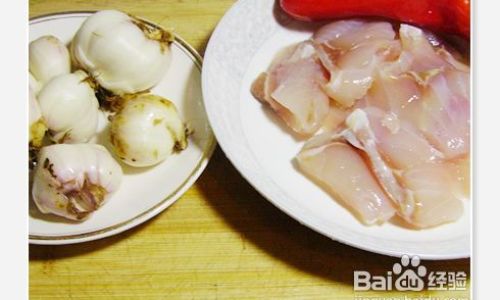
0 comments